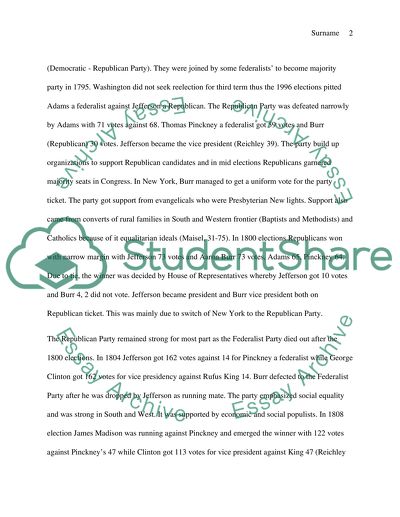Cite this document
(“American Political Parties Essay Example | Topics and Well Written Essays - 1500 words”, n.d.)
Retrieved de https://studentshare.org/history/1632527-american-political-parties
Retrieved de https://studentshare.org/history/1632527-american-political-parties
(American Political Parties Essay Example | Topics and Well Written Essays - 1500 Words)
https://studentshare.org/history/1632527-american-political-parties.
https://studentshare.org/history/1632527-american-political-parties.
“American Political Parties Essay Example | Topics and Well Written Essays - 1500 Words”, n.d. https://studentshare.org/history/1632527-american-political-parties.


